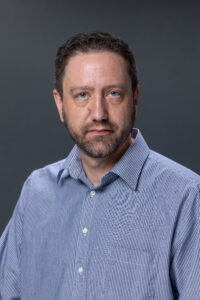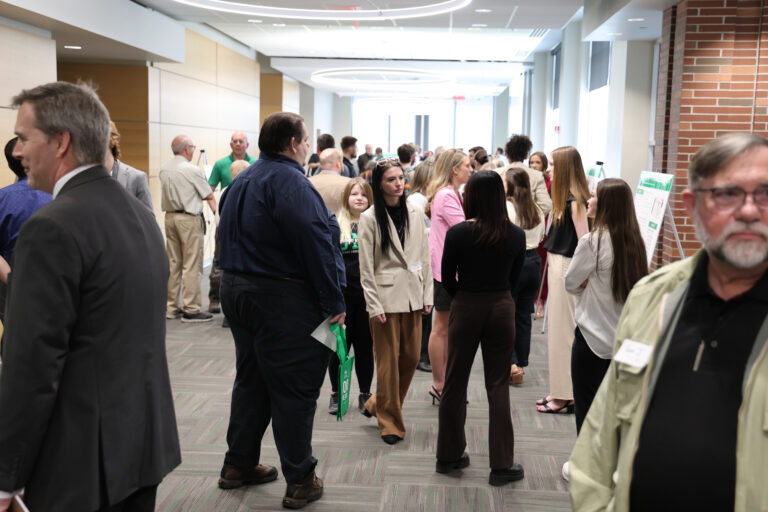Research grant to support UAS flight safety
Project’s goal: Technology to measure cloud ceilings

A research team with the UND Department of Atmospheric Sciences has received a $30,000 grant to develop prototype technology to assist operators of uncrewed aerial systems by automatically deriving the cloud ceiling. The grant will also support additional atmospheric research proposals into the technology.
The grant comes from the UND Division of Research & Economic Development, and will be used to support a multidisciplinary team of scholars working to develop a unique database that can be used to determine the cloud ceiling — defined as the distance between the surface of the Earth and the lowest layer of clouds that cover a large portion of the sky. This measurement will improve flight safety for regional UAS operators by providing location-specific data.
Supervising the team is David Delene, research professor of Atmospheric Sciences. Marwa Majdi, post-doctoral research fellow in Atmospheric Sciences, will use low-cost sensors such as cameras with remote sensing and satellite-based observations to reveal the cloud ceiling. Jared Marquis, assistant professor of Atmospheric Sciences, will focus on obtaining satellite observations on the extent of low-level clous in specific areas.
The grant will allow the team to create a unique database needed to support future proposals related to developing a reliable system that automatically derives ceiling measurements specifically tailored for UAS operations.
“Creating a unique cloud ceiling database will strengthen the tie between UND and UAS operators,” said Majdi. “Accurate and detailed information on current, and near-future atmospheric conditions, helps UAS operators to ensure more effective and safer deployment of UAS platforms, reduce financial costs and avoid fatal accidents.”
The research project will create a database of images co-located with highly accurate cloud ceiling measurements. The team will employ machine learning methods to obtain cloud ceiling measurements from camera images, which will then reveal low-cost ceilings measurements at specific locations.
Majdi said having access to cloud ceiling data becomes even more important as the number of regional UAS flights increase for both routine and complex purposes, such as flying Beyond the Visual Line of Sight (BVLOS). UAS incidents that involve weather are frequently due to the lack of weather data or the inability to communicate available weather data to UAS operators. Operations under low-cloud ceiling conditions pose an ever-present challenge and require accurate prediction models.
Majdi also said the database can be used to complement other research projects funded by the National Science Foundation. Recently, she participated in a project that made use of machine learning models to obtain atmospheric visibility during fog events. This most recent project will provide a unique opportunity to extend the visibility dataset to include cloud ceiling measurements, and at a lower cost than using existing technology.
Delene said there are several collaborative opportunities between UND, atmospheric scientists and industry that stand to benefit from the cloud ceiling database.
“We have recently collaborated with two companies in using the camera-based system to estimate the visibility from images without deploying high-cost instruments, and both companies have expressed high interest in working with UND on cloud ceiling research projects in the future,” Delene said.



